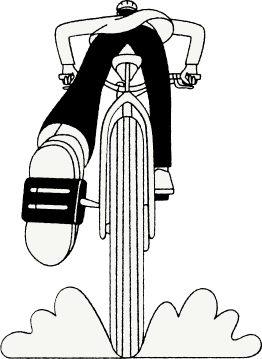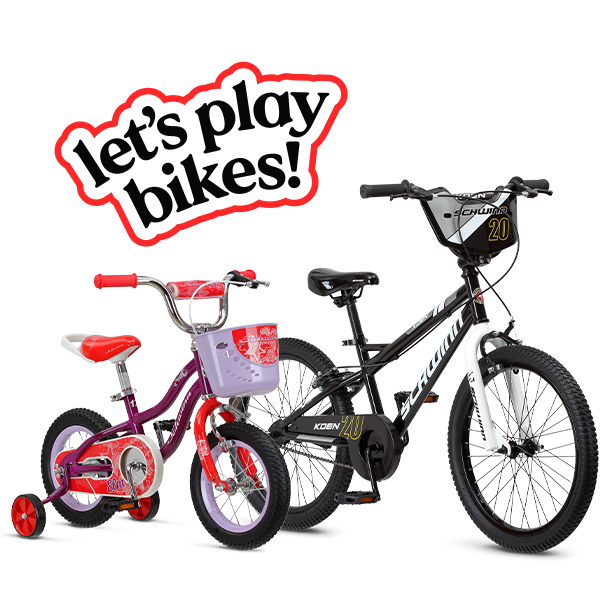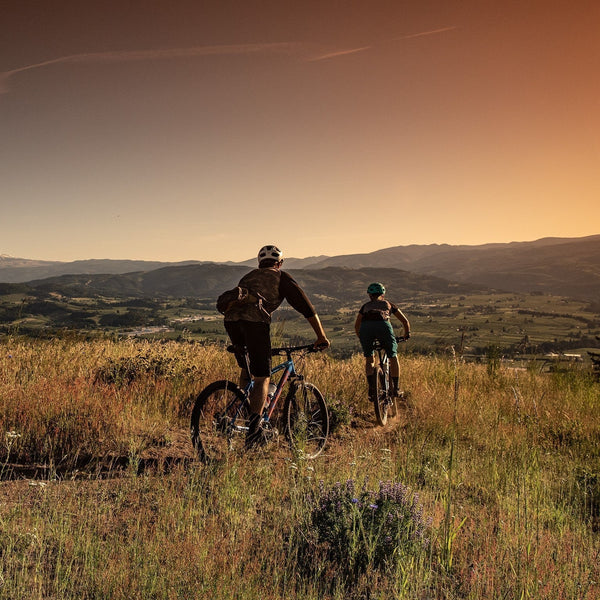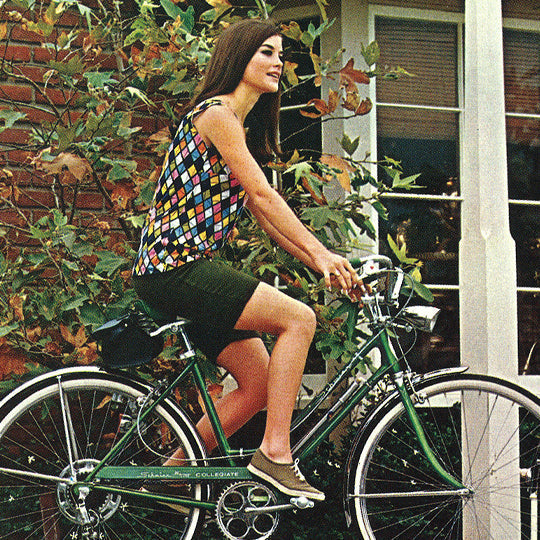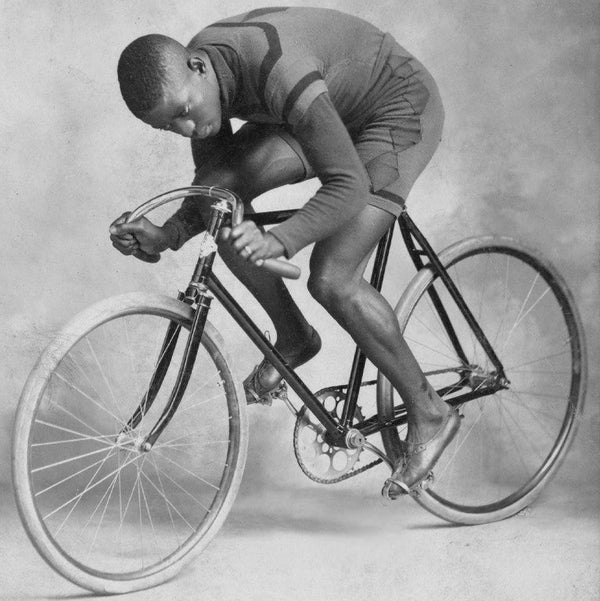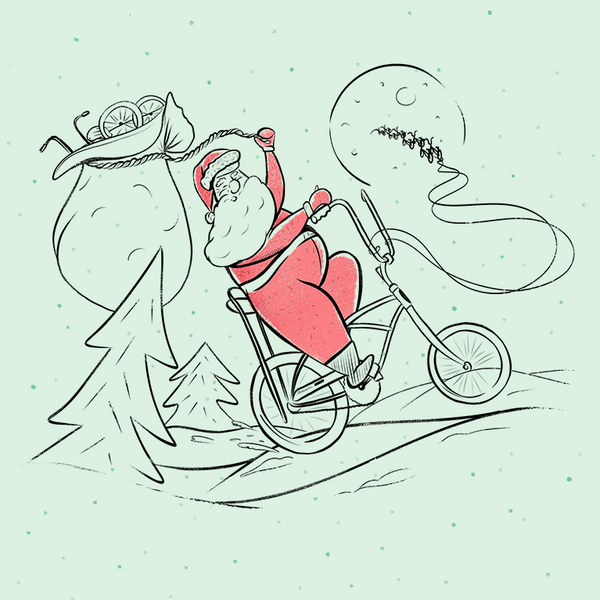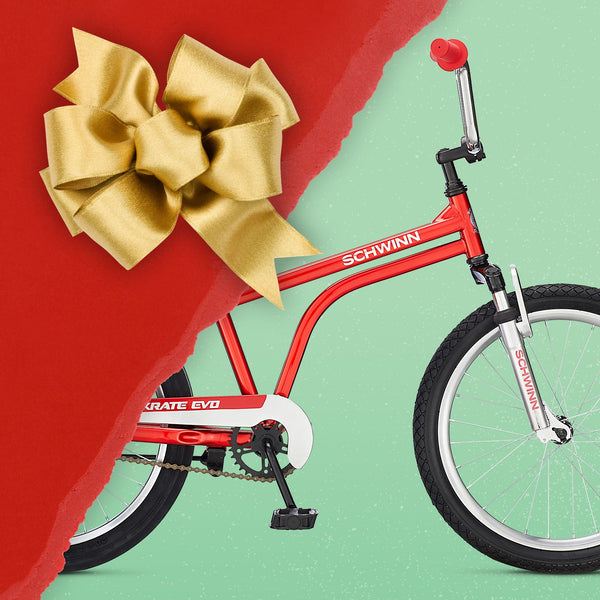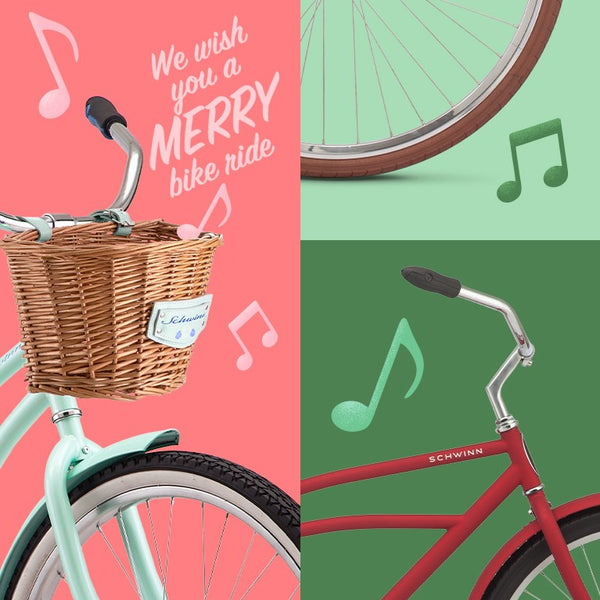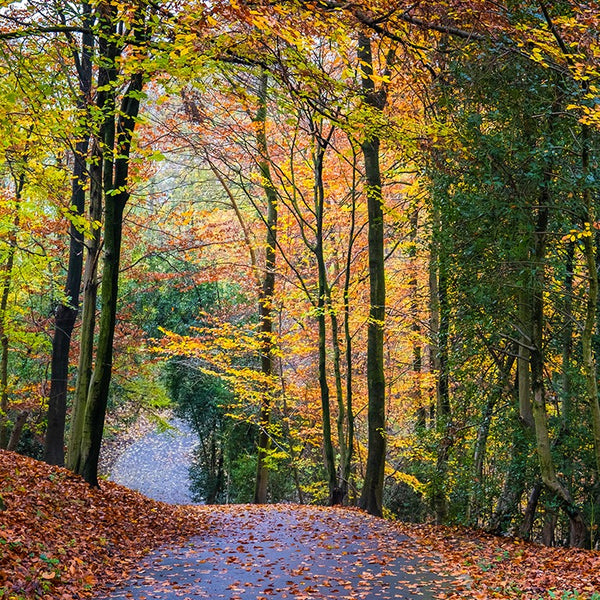When you want to get away from it all, there’s nothing quite like camping. The fresh air, the flora, the fauna, the campfires, the s’mores (dear goodness, the s’mores!). No matter whether you’re roughing it in a tent or relaxing in an RV, there’s always so much to see and do and enjoy. One of our favorite activities, of course, is riding the trails. A camping trip is the perfect occasion for it. But what do you need to know? We’ve got you covered.
The Basics
First off, you’ll need a bike. If you’re just tooling around the campgrounds on pavement or smooth paths, a hybrid or even a cruiser may suit your needs. However, if you want to take advantage of those rugged off-road trails, a mountain bike will serve you much better. Mountain bikes feature suspension forks and sometimes suspension frames, which are designed to absorb the bumps in the trail. Not only does that make the ride a little more comfortable for you, but it also improves the bike’s durability.
Once you have a bike, you’ll need a few accessories. Top priority – pun intended – is a helmet. No matter where you ride, you want to protect your noggin, especially if you’re going on rugged trails. For top-of-the-line protection, check out our ERT helmets, which include a layer of waffle-shaped foam that’s designed to move in different directions. This extra flexibility means your helmet can redirect force away from your head more effectively.
Beyond that, you may also want to bring along some other accessories. For example, a water bottle so you can stay hydrated. Pannier bags are handy for bringing along other necessities like a sweatshirt, map, and first aid kit. Speaking of which, a small repair kit for your bike is also a great thing to bring with you, so you can fix a flat in a flash and get back to having fun.

Now that your gear is ready to go, it’s time to choose a trail. Not only do you need to make sure that bikes are permitted with the trail you choose, but you’ll also want to study the map a bit to make sure the distance and terrain are achievable for you. Just like on ski slopes, starting with an advanced trail is probably not a great idea if you’re a newbie. Also, be sure to take note of the time you ride – if you don’t have enough daylight left to complete the ride and don’t have a light, best leave it for tomorrow.
When you’re not riding, we recommend securing your bike. A simple bike lock can help protect your bike from theft -- either by other campers or clever raccoons. A sturdy tree will serve as a good anchor if there isn’t a designated bike rack around. Or, if you have your car nearby, storing your bike in your (locked) car is a great option too.
For more biking-while-camping advice, we thought we’d call in an expert: Mikah Meyer.
Brand Ambassador Mikah Meyer is creating outdoor safe spaces for the LGBTQ+ community. Mikah inspires all people to live beyond convention through his adventures and is the first person to experience all 419 U.S. National Park Service sites in a single journey. So naturally, we thought he’d be a great person to talk to about biking while camping. Check out the interview below!


What are some of your favorite campgrounds for biking?
I’m really impressed by states that have well-developed Hiker/Biker campsites. For example, all of Oregon’s beaches are publicly owned, and much of the coast is a state park. Every state park has Hiker/Biker campsites that are less expensive than regular campsites and can’t be reserved. That’s very helpful during the popular summer months when campsites can be sold out 6 – 12 months in advance!
So any place that allows bikers to have access to campsites, no matter how full the vehicle campsites, is top on my list.

What’s the difference between camping, backpacking, and bikepacking?
Bikepacking is when you carry all your camping equipment attached to your bike either on racks or in bags. That’s tents, sleeping bags, pillows, clothes, toiletries, snacks – everything, right there on your bike!
Backpacking is similar, except you’re carrying everything on your shoulders in a backpack.
Camping can include everything from hiking/biking into a campsite to pulling up in an RV the size of a school bus, and anything in between!
So whether it’s in a tent in your backyard or halfway around the world, I consider camping something that takes you to a new destination and involves sleeping connected to some outdoor destination.

Are there any rules or regulations people should know about?
“Leave it better than you found it.”
No matter the type of camping, a great principle is to “take only memories, leave only footprints.”
These Leave No Trace tactics help ensure that the camping experience is as good for the next person as it was for you.
So, whenever you can pick up trash (even if it’s not yours), tread lightly on the ground, or even volunteer to help restore a campground or trail, you’re helping the next generation enjoy camping.
We hope we’ve inspired you to take your bike on your next (or first) camping trip. It’s a fantastic way to experience all that nature has to offer. So, get out there, stay safe, and enjoy a s’more for us, ok?
Website: mikahmeyer.com
Instagram: @mikahmey
